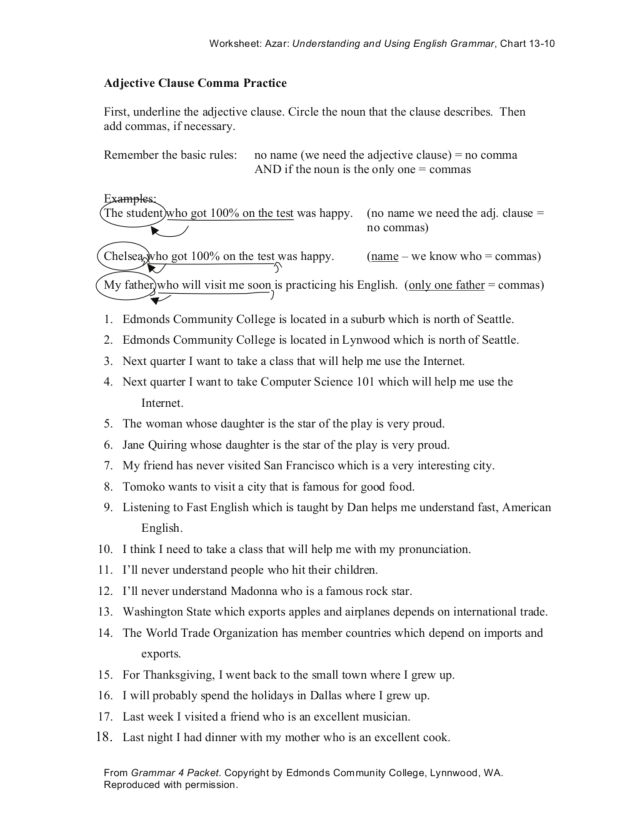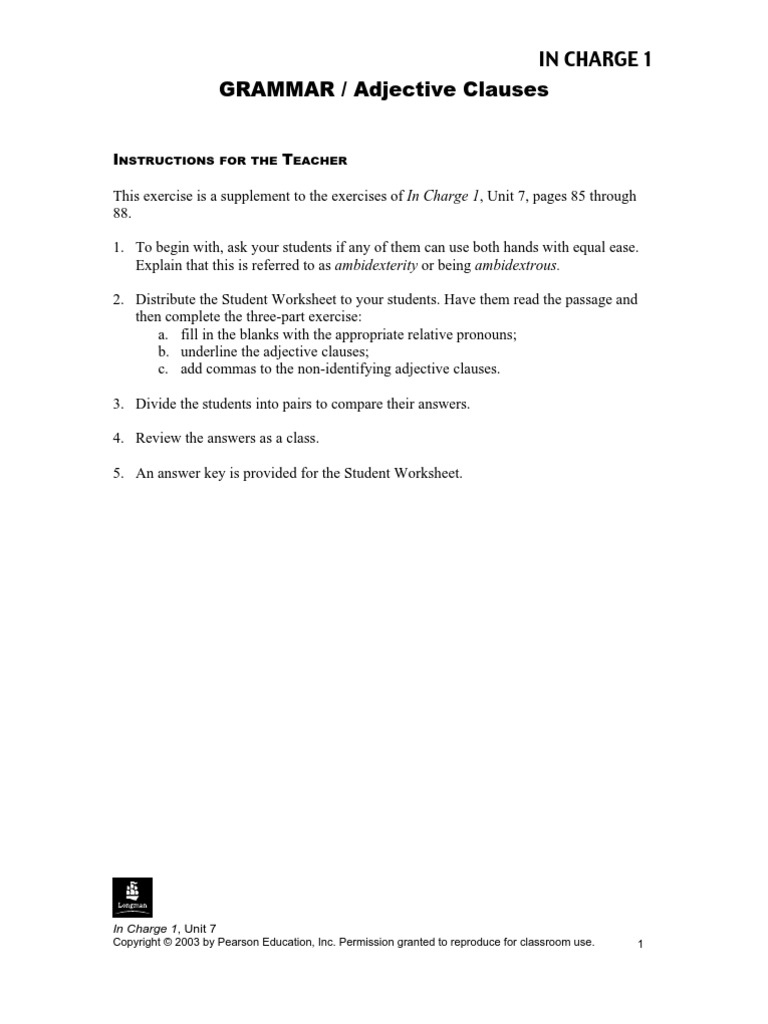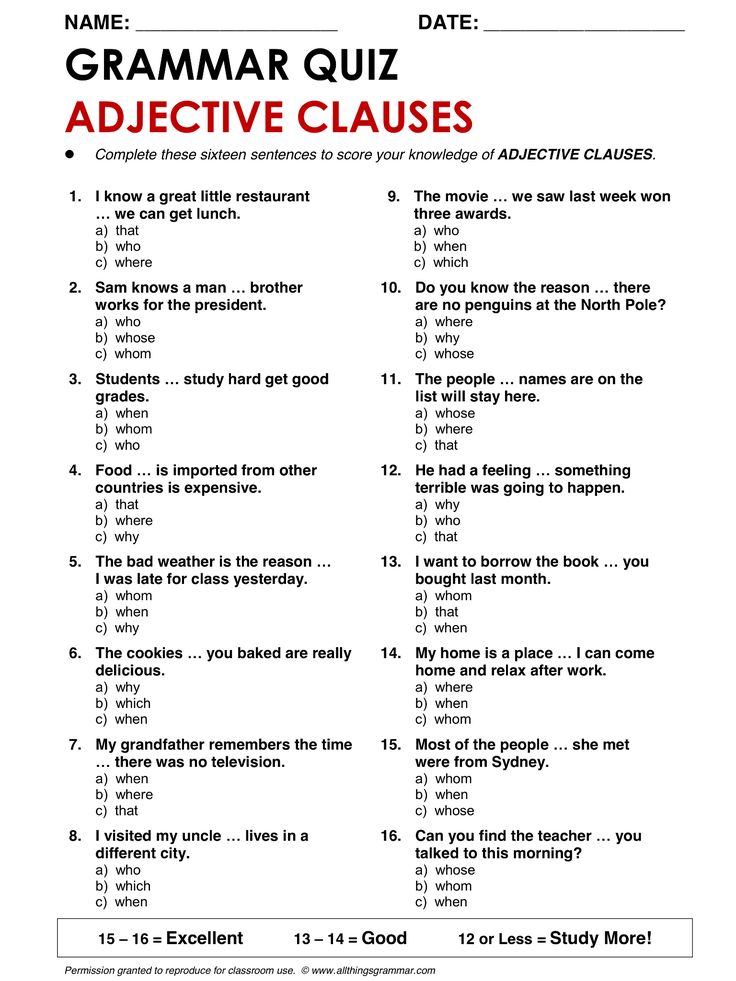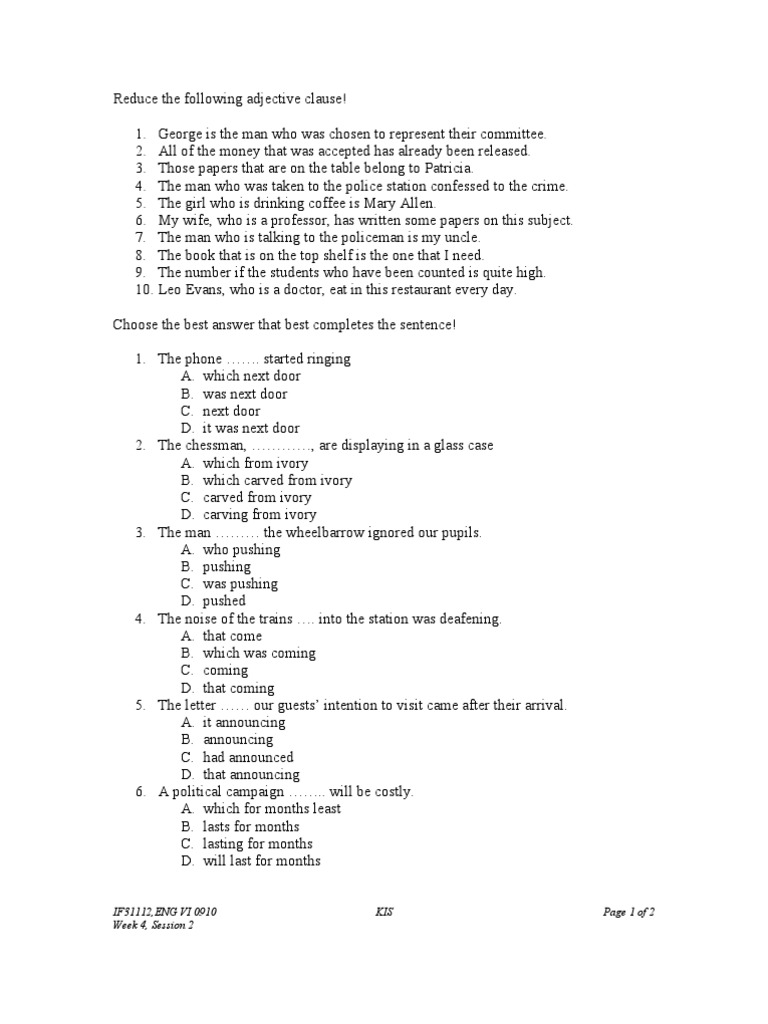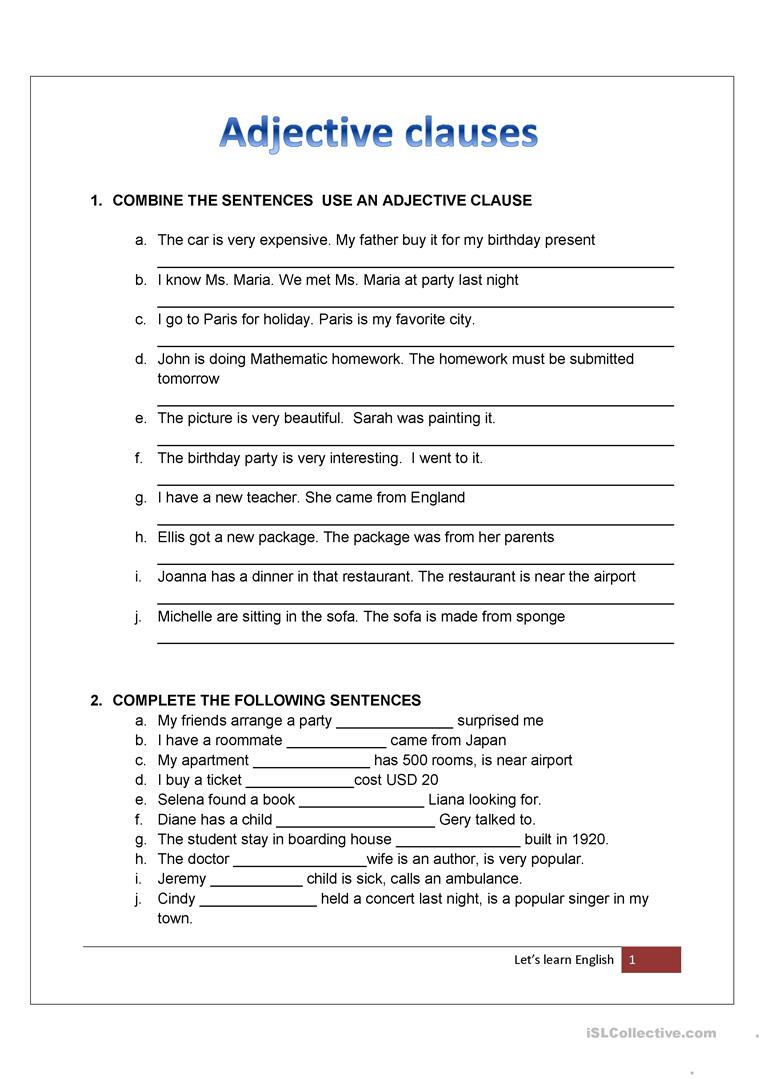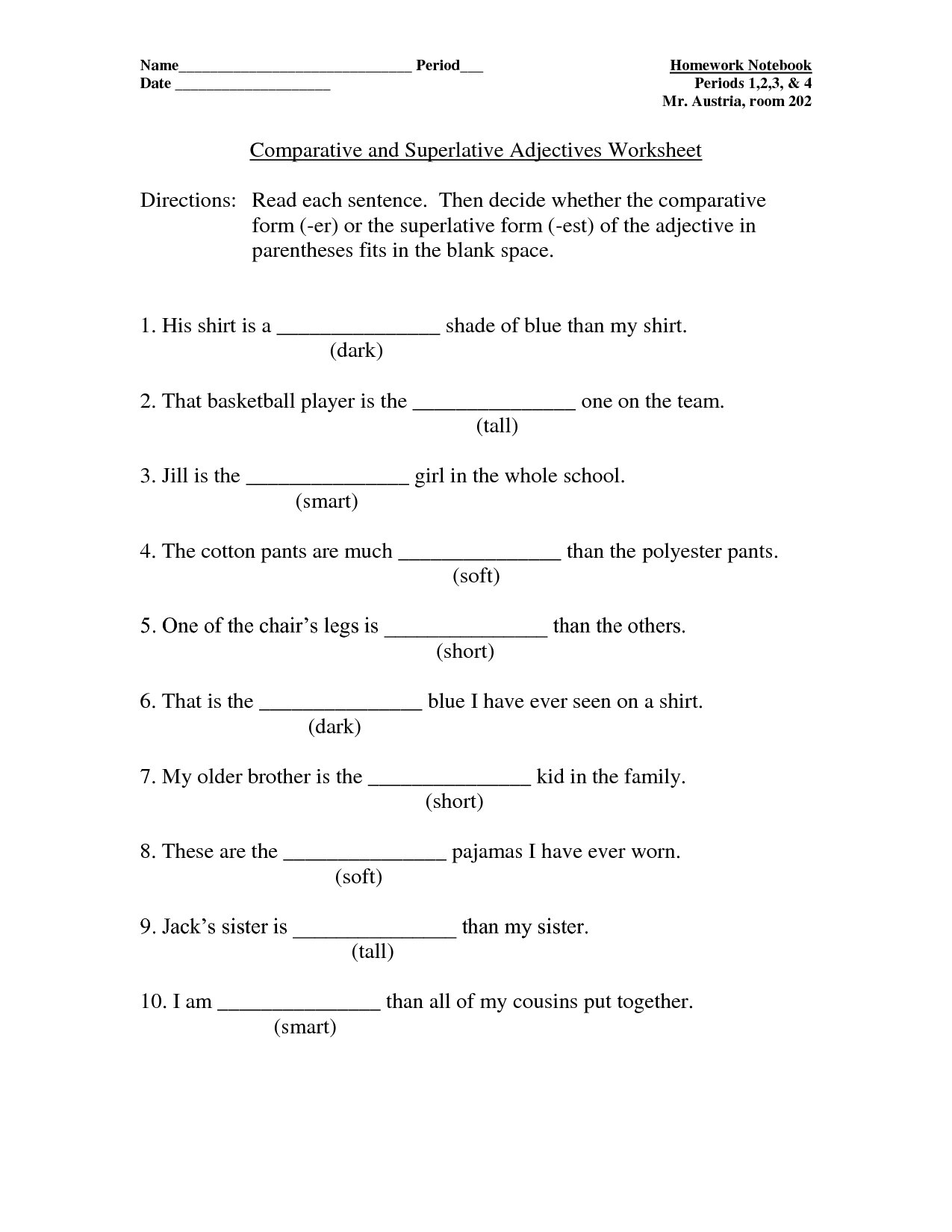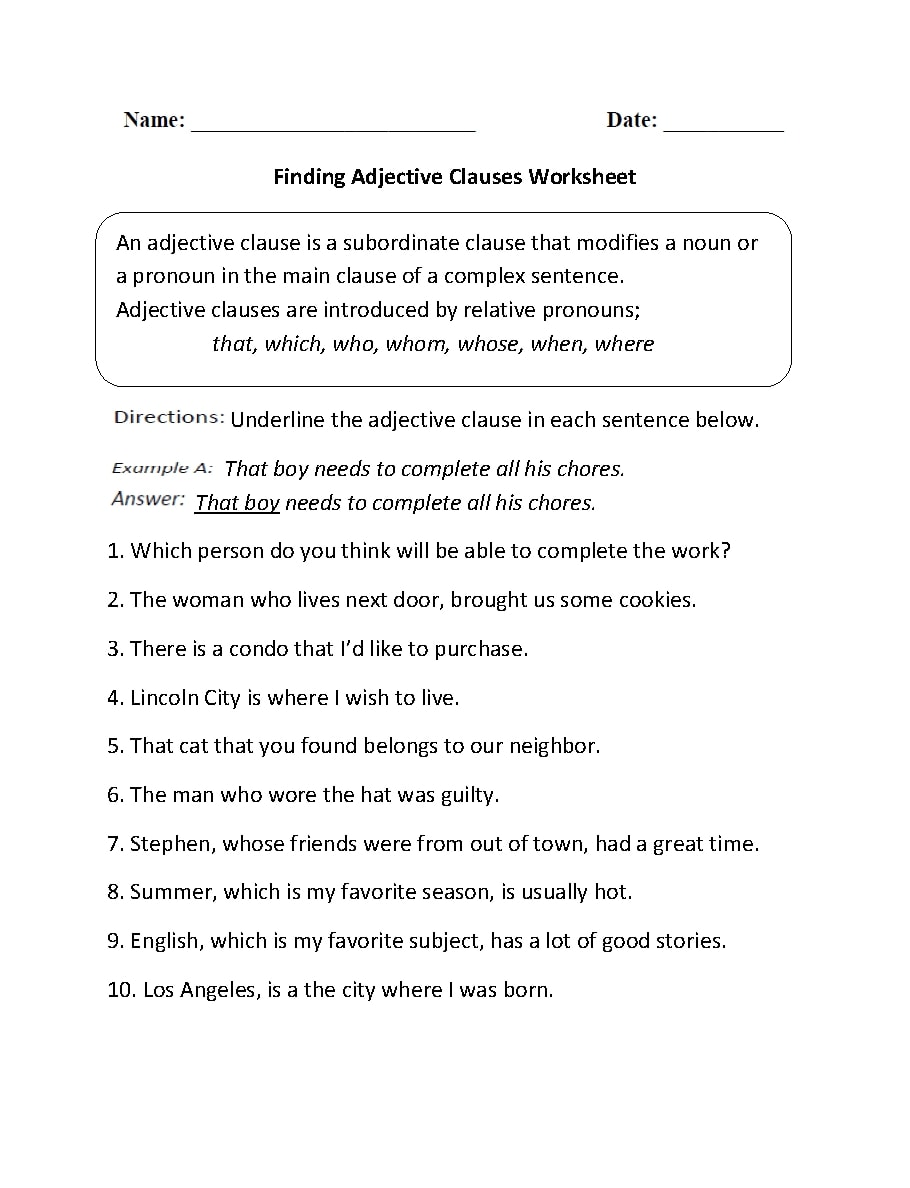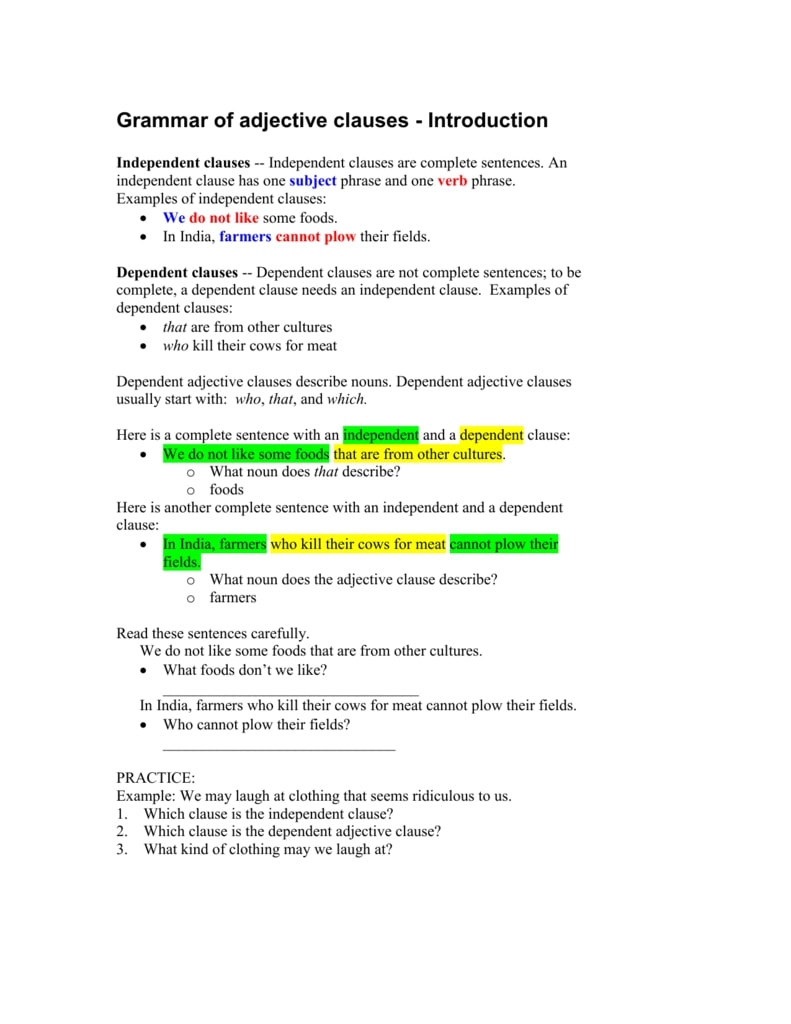9+ Adjective Clause Examples
Imagine living in a world where people communicated not with phrases or sentences, but with one-word dialogues. We’d probably be living in an age of robots instead of humans!
- Complete and Incomplete Sentences — Definition and Examples
- Conditional Sentence – Definition and Examples
We use sentences every day. When we converse with friends and family, or when we write to relatives and colleagues. We use sentences when we send formal emails, text messages, letters, and even when we develop reports and other documents for school or work. Written communication wouldn’t function the way it does without the presence of various sentence structures.
Sentences help develop paragraphs, in which a collection of paragraphs turn into an essay, and these essays then become our written voice. This written voice serves as a platform that allows us to communicate our inner thoughts. You may also see subordinate clause examples.
So how does this whole cycle begin? With clauses, of course.
Adjective Clause Comma Practice Worksheet Example
Adjective Clause Example
Adjective Clause Game for Teachers Example
An Introduction to Clauses
A clause refers to a group of related words that contain both a subject and a predicate (verb). There are different types of clauses that enables us to formulate different sentence structures to properly convey a message in a detailed manner. By joining these clauses together, we can easily express our point of view, thoughts, feelings, and opinions regarding a topic. You may also like what is an example of a dependent clause?
There are two types of clauses: the independent clause and the dependent clause. Each type is comprised of its own unique characteristics that differentiates one from the other. When discussing clauses, it’s important that we learn how they are used in developing a sentence. To do so, let’s take a deeper look at these types:
1. Independent Clause
An independent clause is a type of clause that can stand alone as a sentence.
Apart from containing both a subject and a verb, it can also express a complete thought. Even so, we can still connect independent clauses together to form another type of sentence, but only with the use of the right punctuation. Once two independent clauses are joined together, the audience is then presented with two related statements that are equally important to the writer’s message. You may also check out adverb clause examples.
There are two ways to join independent clauses together: with a semicolon and with a comma followed by a coordinating conjunction.
A coordinating conjunction is a word that is usually placed between two independent clauses to show the relationship being shared. Using the acronym ‘FANBOYS’, coordinating conjunction comprise of the words for, and, but, or, yet, and so. You might be interested in fused sentence — examples and corrections.
Example:
- The movie was really enjoyable, but the book was a lot better.
In this example, the comma and the coordinating conjunction were used to connect the two clauses together and to show their relationship. In this case, the writer used the coordinating conjunction but, which indicates comparison.
The second way to join two independent clauses together is with a semicolon. Rather than using a period, you can use a semicolon to emphasize how closely related two statements are with each other. You can also use a semicolon, a transition, and a comma to connect the clauses together. You may also see cumulative sentence examples.
Examples:
- This is one of my favorite movies; Harry Potter and the Deathly Hollows is another favorite.
- I was so hungry; however, I didn’t even finish my meal. (The transition word is however, which explains the relationship between the two statements.)
Keep in mind that using a semicolon to join two clauses together is only acceptable if both statements convey a complete thought.
Other Examples of Independent Clauses:
- Hiking and swimming are my favorite summer pastimes.
- This season’s lineup of Dancing with the Stars lacks diversity.
- She applied for three different jobs, but she decided to stay home for the summer.
- I really wanted a caramel macchiato, but they only offer plain coffee and tea.
- I was very happy; I had eight hours of sleep.
- My younger sister cried when I left the house; she thought I was never coming back.
- Maria is going to her dad’s house; she intends to stay there for the entire week.
If an independent clause is left as is, then it’s considered to be a simple sentence. However, one way to enhance your writing abilities is to formulate compound or complex sentences out of these clauses. To do so, you can either join two independent clauses together to form a compound sentence, or combine an independent clause with one or more dependent clauses (which shall be discussed later on) to create a complex sentence. Using new techniques to improve your writing style enables you to express your thoughts in a comprehensive manner.
2. Dependent Clause
Unlike an independent clause, a dependent clause cannot stand by itself, and it does not convey a complete thought. Therefore, this type of clause must rely on another clause to make the thought complete.
A dependent clause typically begins with a subordinate conjunction, which is a word that connects two clauses. These words may represent time, place, comparison, cause, or condition, depending on how they are used in the general statement.
Examples:
- Whenever I come to the U.S., I always feel the need to visit the Statue of Liberty.
- Even though his mother was a math professor at the university, my cousin failed his Calculus class thrice.
- I’ll probably drop by my boyfriend’s house if class ends early today.
- The neighborhood where I grew up was hit by a vicious tornado.
- Jennifer finally finished her English essay, after days of research.
A dependent clause can also play a variety of roles in a sentence. It can be a noun clause, an adjective clause, or an adverb clause.
Adjective Clause Grammar Quiz Example
Adjective Clause Reduction Worksheet Example
Adjective Clause Worksheet Example
Comparative and Superlative Adjective Clause Example
What Is an Adjective Clause?
An adjective clause, which is also called a relative clause, is a type of dependent clause that functions as an adjective in a sentence. It usually starts with a relative adverb (when, why, where) or a relative pronoun (who, whom, which, that, whose) which often functions as the subject of the clause. It also comes after the noun it modifies in the clause. You may also see parallel sentences — structure and examples.
Examples:
- The loaf of bread, which you bought last week, has gone moldy.
- Grandpa is reminiscing the good old days when there was no Internet.
- The store, where the limited edition shoes were being sold, had a huge line of people outside it.
- I know someone whose mother survived the 9/11 attacks in New York.
- Students who have excellent study habits get good grades.
You might be wondering why some examples contain a comma before and/or after the adjective clause while others do not. That’s because the adjective clause may either be restrictive or non-restrictive.
1. Restrictive Adjective Clauses
A restrictive adjective clause provides information that defines the noun in the sentence. In other words, it’s a necessary statement used to properly identify the noun. You can use the words that or which for non-human nouns, or that or who for human nouns. Here, the use of commas must be avoided when joining the clauses together. You may also like what is a sentence fragment?
Example:
- I like the books.
Although the sentence above expresses a complete thought, it does not indicate what books the writer likes. But once an adjective clause is added to the statement:
- I like the books that the Libreria Acqua Alta carries.
By adding the adjective clause to the main clause, readers can clearly identify what is being referred to in the sentence.
2. Non-restrictive Adjective Clauses
As opposed to a restrictive adjective clause, this type of adjective clause merely acts as an accessory in the sentence. It provides extra information that the audience may find useful. It may be quite interesting to know about, but it does not play an essential role in identifying the noun. Commas should also be present at the beginning and/or end of the adjective clause. You may also check out run-on sentences – examples & corrections.
Example:
- My sister, who is a talented fashion designer, is thinking of opening her own boutique.
3. Avoiding Sentence Fragments
A group of words that contain a subject and a verb but do not convey a complete thought does not qualify as a sentence. Instead, it becomes a sentence fragment.
Many people make the mistake of including sentence fragments in their writings. Not only does this depict poor writing skills, but it also makes it difficult for a reader to understand the message of the writer. To avoid fragments, you must connect the adjective clause to the main clause of the sentence. You might be interested in balanced sentences — usage and examples.
Example:
- Stephanie felt manipulated by her pet dachshund Padme, whose big, brown eyes pleaded for another piece of her biscuit.
4. Punctuating Adjective Clauses
Punctuating adjective clauses in a sentence can be quite tricky at first. The only way to decide whether the clause requires a comma or not is to identify if the clause is restrictive or non-restrictive.
As previously mentioned, restrictive clauses do not require commas, while non-restrictive clauses do.
Examples:
- The vegetables that people often leave on their plates are usually the most nutritious.
- Broccoli, which people often leave on their plates, is very nutritious.
Notice how the two sentences differ. In the first example, the adjective clause carries important information that the speaker needs to properly portray the situation at hand. While in the second sentence, it uses a non-restrictive adjective clause to provide further information about the noun. But if we eliminate the clause from the simple statement, the sentence would still express a complete thought.
Finding Adjective Clauses Worksheet Example
Learning Adjective Clauses Example
Writing Adjective Clauses Worksheet Example
Everyday Examples of Adjective Clauses
- The man gave his girlfriend a single red rose for Valentines Day, which I find quite beautiful.
- The girl who lives next door is getting more obnoxious each day.
- My cat, who usually hates water, dived in our neighbor’s pond to catch a fish.
- Fast-food meals, which most people love, are not very healthy.
- The woman who arrived first will get the best seat in the house.
- The books that were borrowed from the library must be returned.
- I like fried chicken, which is also the favorite of my older brother Josh.
- The reason why I left is complicated.
- The shirt that is on the dresser belongs to Archie.
- My brother, who likes to be alone most of the time, lives in a quaint apartment outside of town.
Learning how to use clauses in constructing sentences can be beneficial for any writer. This allows you to paint a picturesque scene for your audience to remember for a smooth and clear communication. You may also see clause examples.




